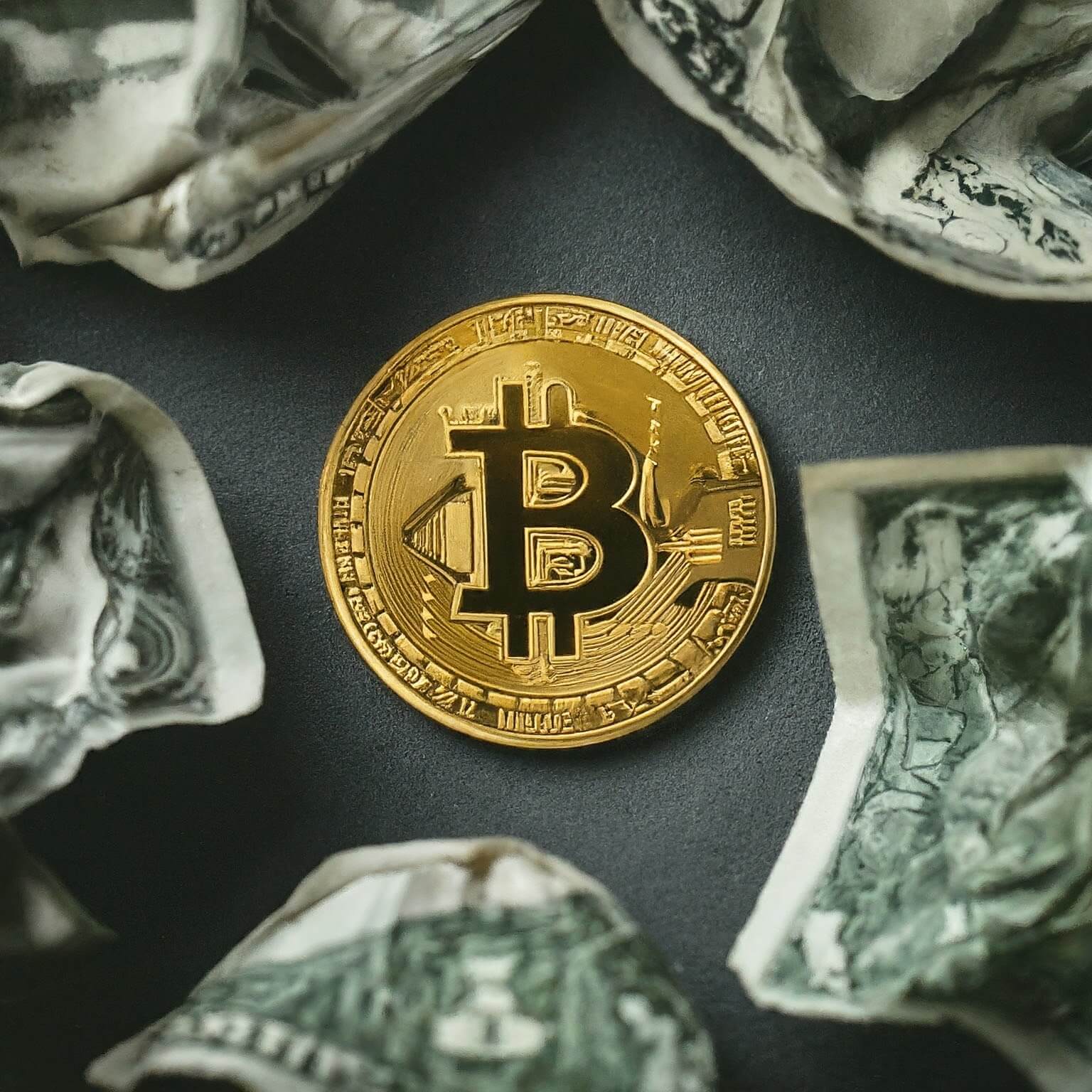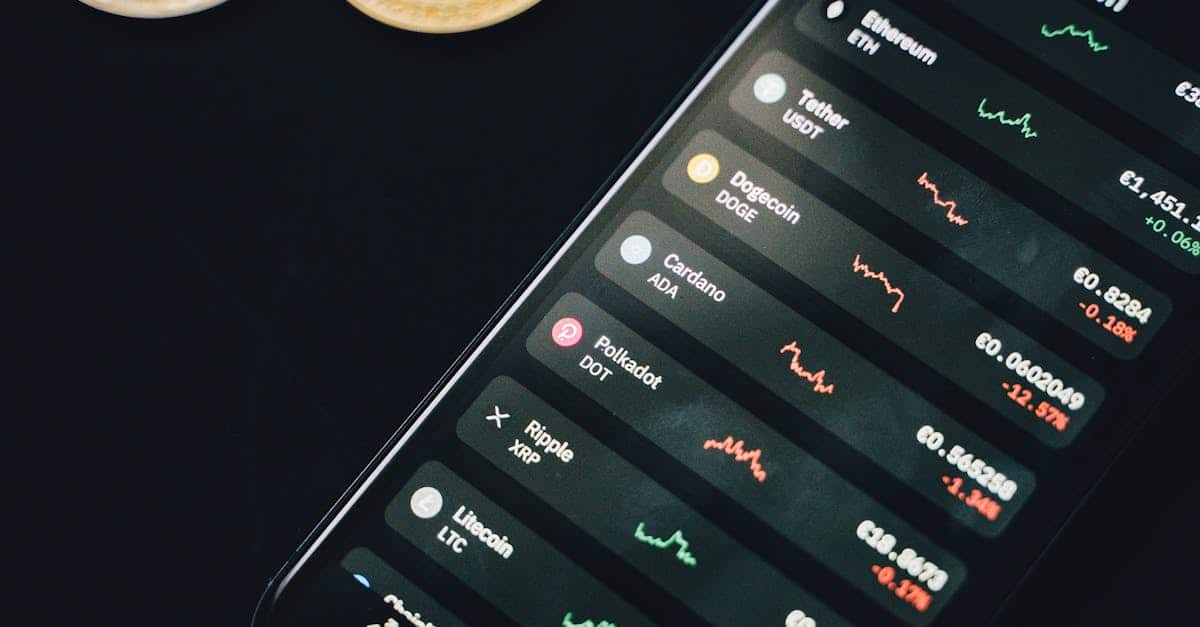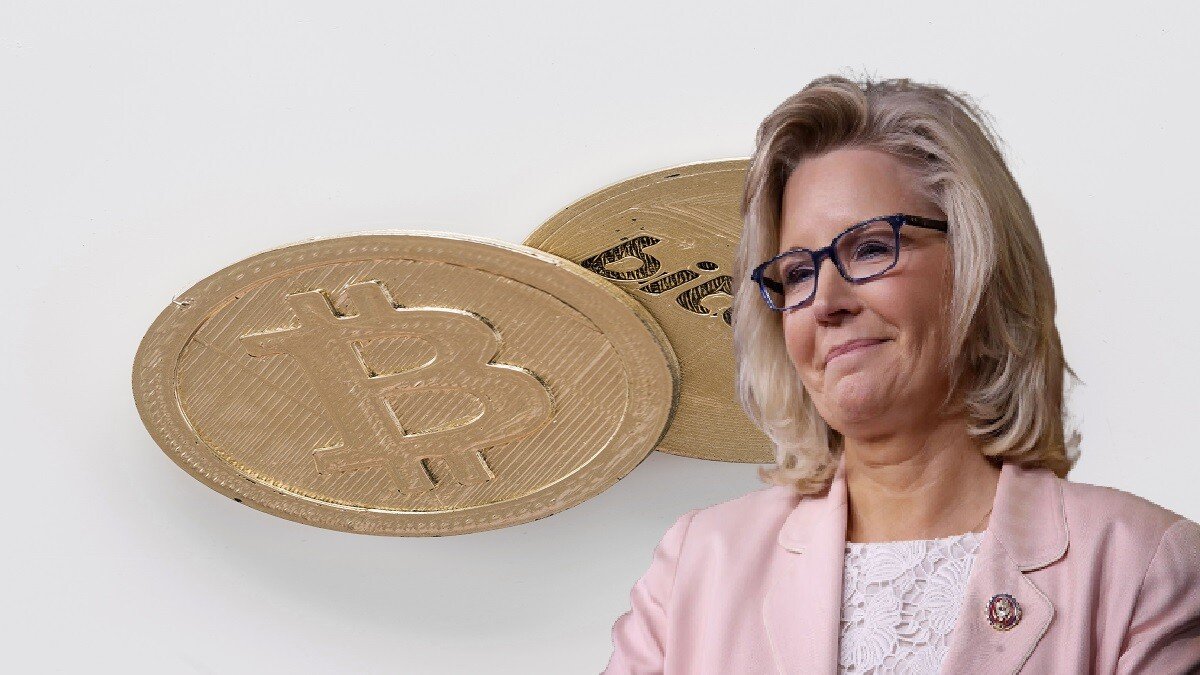The headline screams: “Why Crypto Just Won’t Die.” It’s a fair question. Declared dead just two years ago, the cryptocurrency market is experiencing a historic surge. Bitcoin, the granddaddy of them all, has skyrocketed nearly 60% in a month, shattering its previous all-time high.
But here’s the head-scratcher: Crypto has yet to fulfill its grand promises. Remember the pandemic boom fueled by bored, cash-flush investors? Then the Federal Reserve raised interest rates, sending the market tumbling. Fraud scandals engulfed prominent figures, and celebrity crypto cheerleaders fell silent. This year’s Super Bowl lacked the crypto blitz of 2022, replaced by the latest speculative fancies. Crypto seemed destined for the dustbin of financial fads.
So why is it still here? Despite countless scandals and lawsuits, major cryptocurrencies haven’t sunk below late-2020 levels. Their market cap – a staggering $2.5 trillion – defies the lack of a clear purpose. Perhaps that very ambiguity is its saving grace. No single narrative defines crypto, making it harder to kill off entirely.

A Perfect Storm of Legitimacy and Scarcity
Two recent developments have fueled the current surge. First, the SEC’s hesitant approval of Bitcoin ETFs has opened the door for traditional financial institutions, lending crypto a sheen of legitimacy. Second, Bitcoin is approaching a “halving,” a pre-programmed event that cuts new coin production in half, historically triggering demand spikes.
The Allure of Decentralization
But these factors mask a deeper question: What gives crypto its staying power? Part of the answer lies in its design. Bitcoin boasts a decentralized network, eliminating the need for a central bank to verify ownership. Cryptography and clever game theory keep the network humming, with every computer in the system holding a complete transaction record. This translates to a system with no single point of failure and a high degree of trust – a revolutionary concept for some.
A Spectrum of Dreams (and Realities)
Over the years, various justifications for crypto have emerged. Early adopters saw it as a haven for criminal activity, a currency beyond the reach of governments. Others envisioned it replacing the US dollar as the global reserve currency, its scarcity a shield against inflation.
As cryptocurrencies multiplied and morphed, so did their goals. Newer digital assets promised to streamline cross-border payments, power a decentralized “Web3” internet, and even fuel new forms of collective action through DAOs (Decentralized Autonomous Organizations).
However, these visions often collide with reality. Public blockchains aren’t ideal for crime. Wild price swings render crypto a poor substitute for stable currency (El Salvador’s 2021 adoption saw minimal actual use). Crypto remittances struggle with local currency conversion. Web3 remains confusing and clunky, failing to challenge Big Tech’s dominance. DAOs often lack true decentralization or autonomy.

The Power of Many Narratives
The challenge lies in definitively debunking all these narratives at once. Each rebuttal sparks a counter-argument. By the time you grasp why blockchain complexity necessitates the very intermediaries crypto aims to remove, you might be lost in a sea of technical jargon like “zero-knowledge proofs” and “Layer 2 blockchains.” This abundance of half-baked justifications, once a source of mockery, might be crypto’s secret weapon. Different groups buy in for different reasons, creating a resilient, multi-pronged argument for its existence. Just like a system with no single point of failure.
Crypto as a Collective Delusion (But Maybe Not)?
Comparisons are often drawn between crypto and assets like gold, diamonds, or art – objects with little intrinsic value, propped up by societal belief. But these hold value as status symbols, unlike crypto (though Lamborghinis and yachts purchased with crypto profits might suggest otherwise).
Crypto thrives on a different kind of collective delusion: the belief that regardless of today’s price, someone will pay more tomorrow. And so far, that delusion seems to be holding true.



